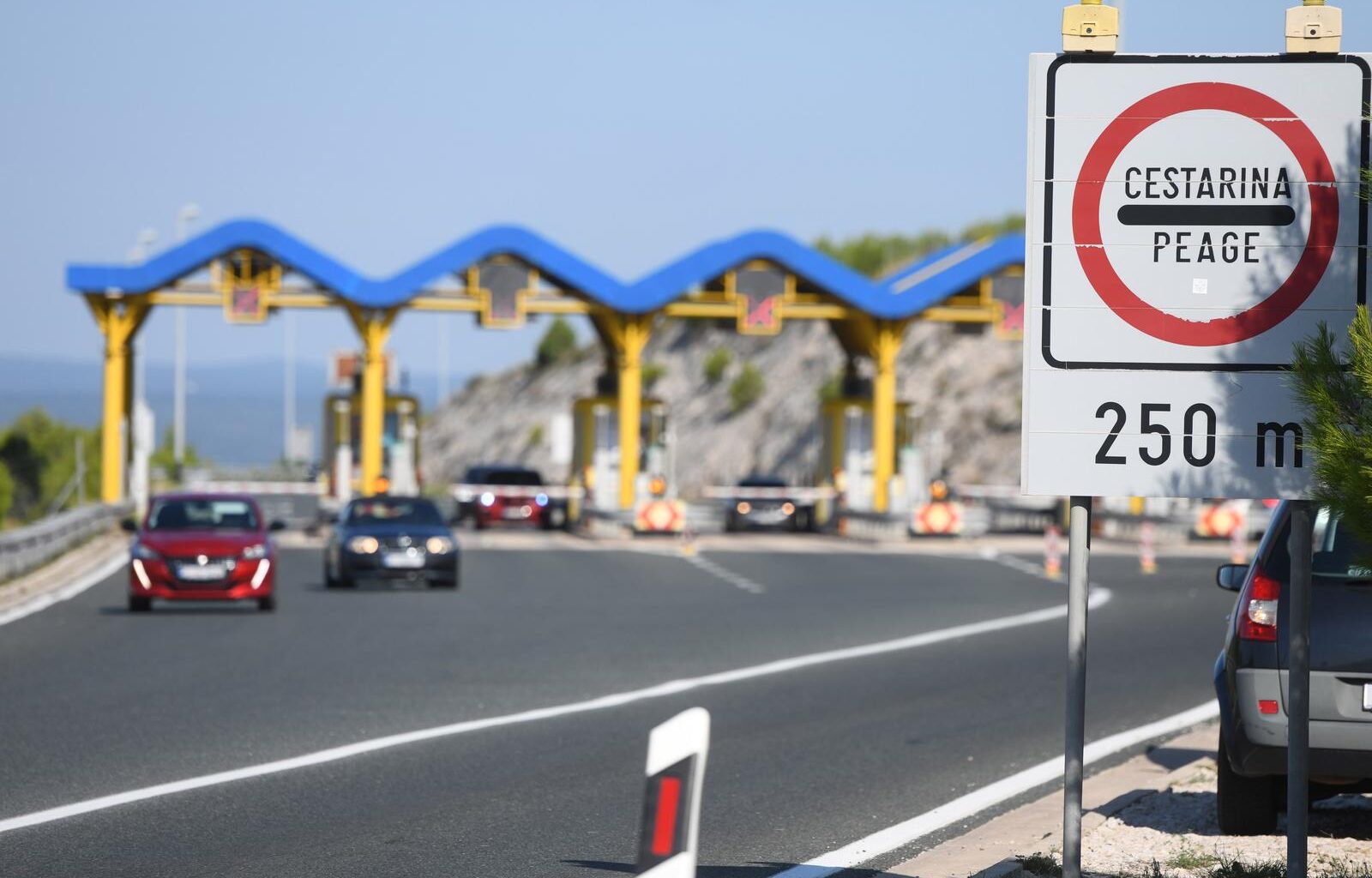July the 15th, 2025 – The new Croatian toll system is set to be introduced next year if all goes as currently planned, with that come new rules. Here’s what you need to know in order to save yourself a 120 euro fine.
As Poslovni Dnevnik writes, the new Croatian toll collection system and therefore new rules will likely start being implemented next year. The law itself doesn’t actually come into full effect until November the 1st, 2026.
The Ministry of Transport has submitted a new Toll Collection Act for public consultation. That Act changes how vehicles will be able to be stopped and charged when the new Croatian toll collection system is put into function, according to Večernji list.
As previously stated, it is currently expected that the new Croatian toll system will be in function as of next year. In the period until then, work will be done on preparing the infrastructure, devices, software and public campaigns to inform users. Of course, the new Toll Collection Act itself must be ready by that date, which is the reason for its imminent adoption and plenty of talk about the ESNC. Let’s quickly remind ourselves what ESNC actually is.
In the new Croatian toll collection model, there are multiple new rules. Vehicles stopping at toll booths will no longer be necessary, nor will the physical payment for motorway use. Instead, (almost) everyone will be required to join the electronic toll collection system, ESNC. It, in turn, implies digitalised, automated collection in so-called free traffic flow. Technologically, the system is based on the 5.8 GHz microwave frequency and automatic license plate recognition.
For light vehicles such as passenger cars, drivers will have the option to choose whether to register via the license plate system (the so-called APRP model) or by using an ETC device. For heavy vehicles such as lorries, an ETC is mandatory. Registration in the system itself will be possible in several ways: via an online point of sale, a mobile app, at concessionaires’ or their partners’ points of sale, as well as at “fast-track lanes”. Fast-track lanes will be located at key motorway entrances, especially at locations where drivers most often enter the motorway or where there’s generally heavier traffic. These are usually toll booths or special lanes immediately before entering the motorway.
Drivers coming from foreign countries, of which there are many in the summer months, will also be obliged to register in the ESNC. Heavy vehicles without an ETC device must register immediately upon entering Croatia at the first available user point. Light vehicles on the other hand must be registered before entering the motorway itself. This new law also recognises the European Electronic Toll Collection System (EENC), which means that users who already use EENC in other EU Member States can, under certain technical conditions, use the same device when driving in Croatia. If a foreign driver decides not to pay for the use of the motorway, however, the powers that be will be able to reach that individual. This is because the law will introduce the automated cross-border exchange of data on users who don’t pay the toll – wherever they’re from. Gone will be the days of avoiding fines if you have foreign plates.
The Interior Ministry (MUP) will become the national contact point for accessing vehicle registers of other EU Member States. The system uses the toll computer application as part of the European Driving Licence Information System (Eucaris), which allows for the sending out of debt notifications to drivers from other countries and potentially even initiating forced fee collection.
If, after all this, a driver still decides not to register with the ESNC, they will be charged a toll for the part they drove, and then a fine of 120 euros on top of that.
Subscribe to our newsletter
the fields marked with * are required
